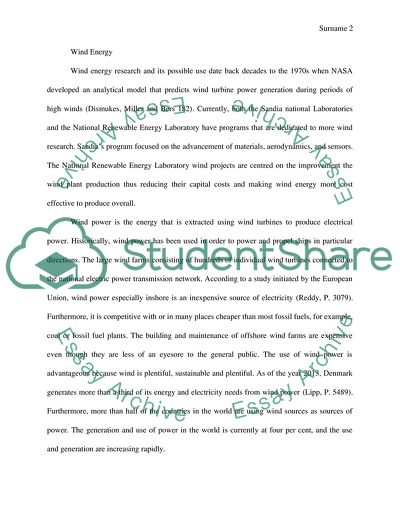Cite this document
(Research paper Essay Example | Topics and Well Written Essays - 1250 words - 22, n.d.)
Research paper Essay Example | Topics and Well Written Essays - 1250 words - 22. https://studentshare.org/technology/1850539-research-paper
Research paper Essay Example | Topics and Well Written Essays - 1250 words - 22. https://studentshare.org/technology/1850539-research-paper
(Research Paper Essay Example | Topics and Well Written Essays - 1250 Words - 22)
Research Paper Essay Example | Topics and Well Written Essays - 1250 Words - 22. https://studentshare.org/technology/1850539-research-paper.
Research Paper Essay Example | Topics and Well Written Essays - 1250 Words - 22. https://studentshare.org/technology/1850539-research-paper.
“Research Paper Essay Example | Topics and Well Written Essays - 1250 Words - 22”. https://studentshare.org/technology/1850539-research-paper.


